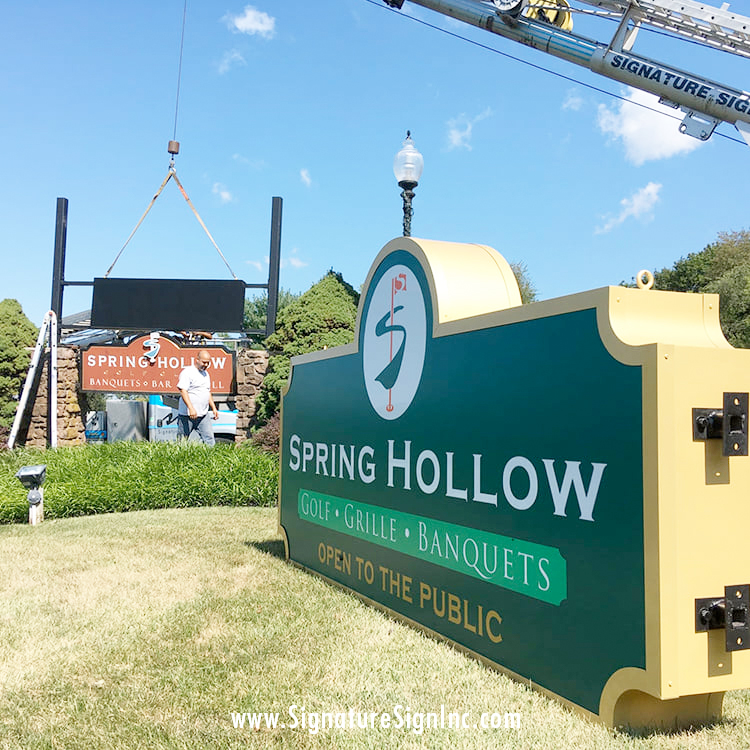In the ever-evolving landscape of software development and collaboration, having a robust version control system is paramount. TotallyScience GitLab, a web-based platform that provides Git repository management, code reviews, issue tracking, and continuous integration, has emerged as a powerful tool in this regard. TotallyScience, a trailblazing company in scientific research, has harnessed the capabilities of GitLab to streamline their development processes. In this article, we will delve into how to make the most of TotallyScience GitLab, exploring its features, best practices, and strategies for maximizing its potential.
Understanding GitLab: A Brief Overview
TotallyScience GitLab is a web-based platform that integrates Git repository management with a suite of tools for project management, continuous integration, and collaboration. TotallyScience has adopted GitLab to enhance their research and development workflows. The following sections will delve into the key features of GitLab and how they are utilized at TotallyScience.
Key Features of GitLab
- Version Control: TotallyScience GitLab core functionality is its powerful version control system. Teams at TotallyScience use GitLab’s repositories to store and manage their source code, enabling collaboration, tracking changes, and maintaining an organized history of their work.
- Issue Tracking: GitLab offers an integrated issue tracking system, enabling teams to create, assign, and manage tasks, bugs, and feature requests. At TotallyScience, this feature is used to track project milestones and coordinate tasks among team members.
- Continuous Integration (CI) and Continuous Deployment (CD): CI/CD pipelines automate the process of building, testing, and deploying code changes. TotallyScience leverages GitLab’s CI/CD capabilities to ensure that code changes are thoroughly tested before being deployed to production environments, minimizing errors and downtime.
- Code Review: GitLab’s merge request functionality facilitates code collaboration and review. Team members at TotallyScience can propose changes to codebases, and these changes are reviewed by peers before being merged into the main codebase.
- Wiki and Documentation: GitLab provides tools for creating and maintaining project documentation, fostering a culture of knowledge sharing. At TotallyScience, the wiki feature is used to document research findings, experimental procedures, and best practices.
Best Practices for Utilizing TotallyScience GitLab
- Structured Repository Organization: Organize repositories logically, using clear naming conventions and a directory structure that makes it easy to locate code and related resources.
- Issue Tracking Guidelines: Establish clear guidelines for issue creation and assignment. This ensures that tasks are well-defined, properly prioritized, and assigned to the appropriate team members.
- Code Review Etiquette: Encourage a constructive and collaborative code review process. Reviews should focus on improving code quality, identifying potential bugs, and sharing knowledge.
- Automated Testing: Implement thorough automated testing within CI/CD pipelines. Test suites should cover various aspects of the codebase, including unit tests, integration tests, and performance tests.
- Documentation Culture: Emphasize the importance of documentation. Encourage team members to document their code, processes, and research findings to ensure knowledge continuity and transfer.
- Security Measures: Leverage GitLab’s security features, such as vulnerability scanning and code analysis, to identify and mitigate potential security risks within the codebase.
Strategies for Maximizing TotallyScience GitLab
- Custom Workflows: Tailor GitLab’s workflow to suit the unique requirements of TotallyScience GitLab research and development processes. This might involve configuring specific CI/CD pipelines, merge request approval workflows, and issue templates.
- Integration with Project Management Tools: Integrate GitLab with project management tools like Jira or Trello to synchronize tasks and issues, streamlining collaboration between development and project management teams.
- Training and Onboarding: Conduct regular training sessions to ensure all team members are well-versed in using TotallyScience GitLab effectively. This minimizes errors and promotes a standardized approach to development.
- Analytics and Insights: Utilize GitLab’s built-in analytics to gain insights into team performance, code quality, and release cycles. Data-driven decisions can lead to continuous improvement.
- Community Engagement: Encourage collaboration beyond the organization by making use of TotallyScience GitLab community features, such as public repositories, discussions, and issue tracking. This can attract external contributors and foster innovation.
Conclusion
TotallyScience GitLab adoption of GitLab is a testament to the platform’s adaptability and effectiveness in scientific research and development. By embracing the various features, best practices, and strategies outlined in this article, teams can maximize the potential of TotallyScience GitLab. From version control to collaborative code reviews, automated testing, and documentation, GitLab empowers organizations to streamline their processes, enhance collaboration, and deliver higher-quality results in the dynamic realm of scientific research.



